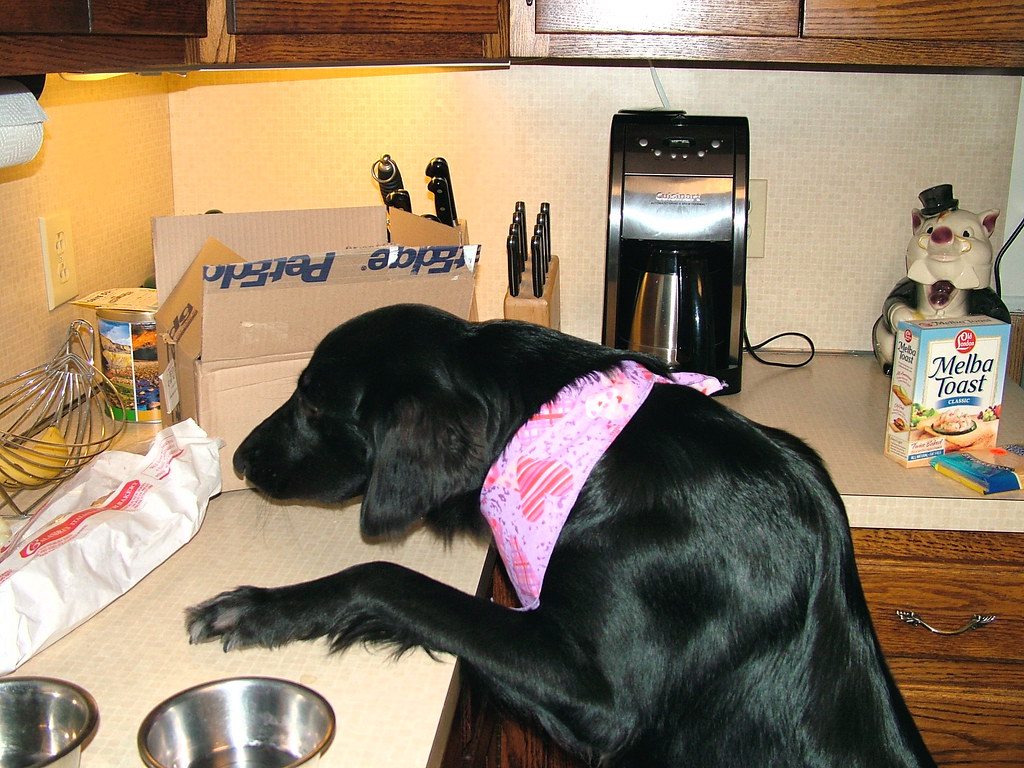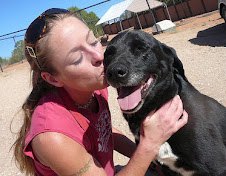
In my never ending quest to find a great dog food, I recently looked at a premium (
AAFCO approved) brand of so-called "natural" kibble which advertised that it contained no ground corn. I know this is an important issue for some pet owners as they don't want to feed corn due to potential allergies and/or the possibility of
aflatoxin contamination. So I looked at the first three ingredients on the bag since the food would contain more of these (
by weight) than any of the other ingredients listed. They were: Lamb, brewers rice, corn gluten meal.
1. Lamb - I could not find a direct AAFCO definition but presumably, it's lamb meat (with or without bones?), which would be largely water. After cooking/processing, the amount of lamb meat remaining ("lamb meal") is greatly reduced and would most likely not be the first listed ingredient in the food. I consider this a way to fool consumers into thinking they are purchasing a meat based food when in fact they are not.
Note: The label indicated the lamb meat originated in two foreign countries but I don't know whether it was inspected by any human food agencies since that information was not provided.
2. Brewer's Rice -
AAFCO's definition states "the dried extracted residue of rice resulting from the manufacture of wort (liquid portion of malted grain) or beer and may contain pulverized dried spent hops in an amount not to exceed 3 percent."
My version: Alcohol industry waste product which if not bought by pet food companies, would otherwise end up in the trash bin.
Note: Spent hops, when ingested by dogs, can be
fatal.
3. Corn Gluten Meal -
AAFCO defines as "the dried residue from corn after the removal of the larger part of the starch and germ, and the separation of the bran by the process employed in the wet milling manufacture of corn starch or syrup, or by enzymatic treatment of the endosperm."
My version: Waste product from facilities manufacturing corn syrup.
Note: this dog food is not sounding so good for pet owners trying to avoid feeding corn after all.
A more
in-depth explanation of corn gluten meal:
Corn gluten meal (CGM) is a co-product from corn wet milling, the process responsible for production of corn sweeteners and corn syrup. In the wet milling process, corn is cleaned and then steeped in a water/sulfur dioxide mixture at 50°C. This acidic stew activates the inherent lactobacillus organisms, which begin to break down the corn seed.
The water and germ are then separated from the flint and protein by a water cyclone and the resulting material is ground. Hulls are removed by screening and the protein is separated from the starch by centrifugation. The protein (gluten) mash is then dried and sized. Corn gluten consists of four major classes of protein: Albumins, globulins, glutelins and zein (prolimines). While corn gluten doesn't have the same level of functionality as wheat gluten for bread production, it does retain some functional proteins that are beneficial in extrusion.
Extrusion of course, is how most kibble is made.
Overall product ingredients review: Truth in advertising? Hmm, not so much - particularly with respect to the "no ground corn" claim which the company knows, or should know, will attract consumers looking for a food free of corn and corn products, which this food isn't. 2 out of 3 main ingredients are waste products from other food industries and the primary ingredient ("lamb") is mainly water. I'm not inclined to look favorably on the product.
My quest will continue.



















